Nestled in the heart of the Blue Ridge Mountains, Virginia Tech is home to some of the country’s most beautiful outdoor destinations — and to dedicated engineering researchers who find balance in the great outdoors.
Whether it’s an early morning kayaking adventure at McCoy Falls, a lunch-break mountain bike ride on the Pandapas Pond trails, or an afternoon of fly fishing at Little Stony Creek, these intrepid researchers seamlessly blend intellectual curiosity with physical adventure, embracing the natural beauty of Blacksburg and other high-adventure destinations as an extension of their work and passion.
Six College of Engineering faculty members shared their stories of pushing their limits and thriving in both the lab and the great outdoors.
Aaron Goldstein
Chemical engineering associate professor and avid cyclist
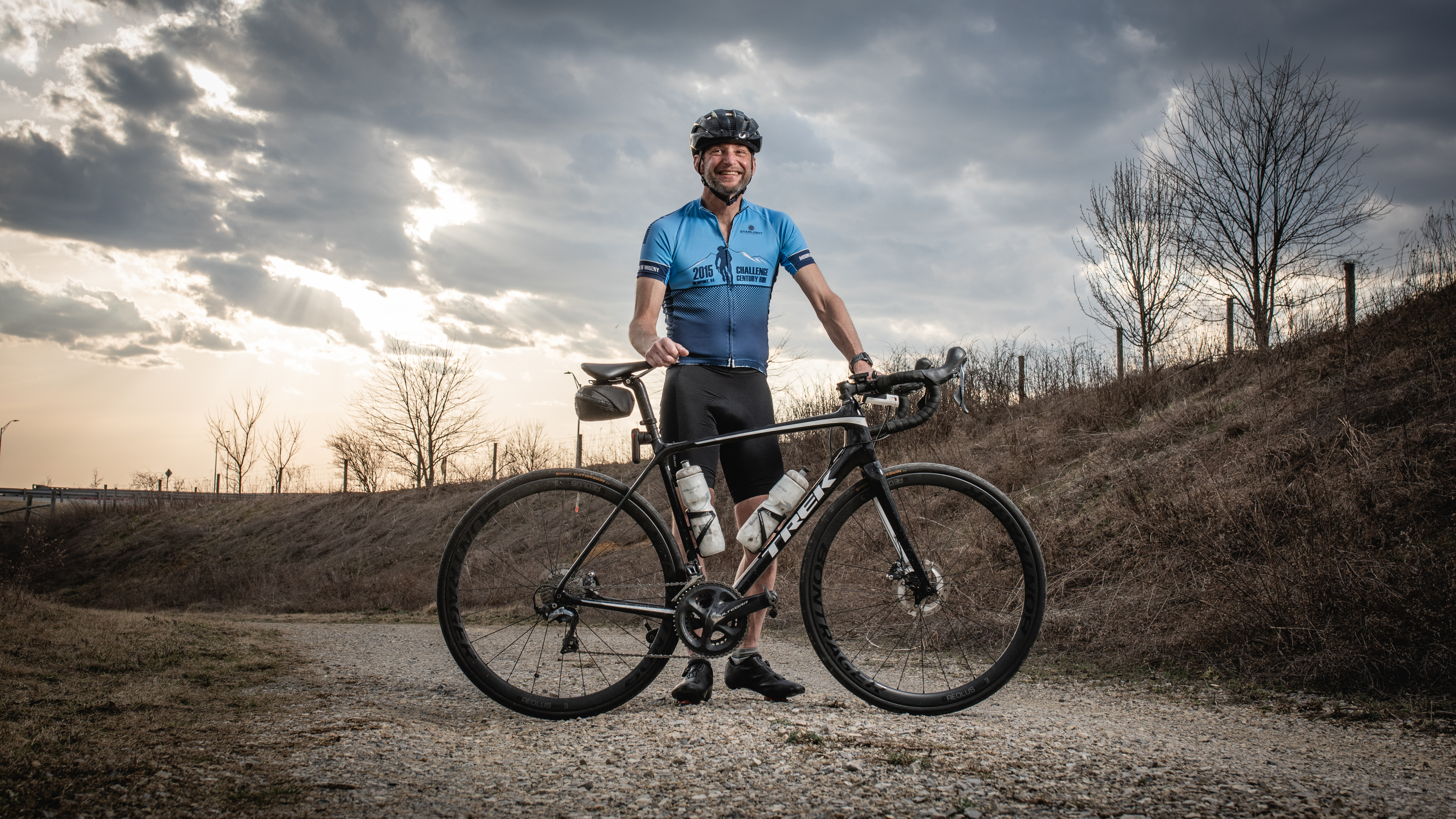
I remember my first bike, and getting the training wheels taken off by my dad when I was 5 years old. I would ride around in circles in our driveway. By second grade, I was hooked. I’ve always liked the independence of being on a bike. My parents didn’t really seem to care that I was out of the house, exploring the neighborhood or riding to friends’ houses, as long as I got home before dark. For me, it was an opportunity to go somewhere I hadn’t been before. I didn’t start commuting by bike until high school, but I’ve been doing that now since 1981.
Short rides around the neighborhood as a kid have turned into much longer riding adventures as an adult. In the summer of 2020, I rode from Blacksburg to Cumberland, Maryland, on back roads, then took the Great Allegheny Passage trail to Pittsburgh. Nobody wanted to join me, but my son picked me up there and drove me home, and I’ll take that.




During the academic year, there are a lot of great options for riding around Blacksburg. Short rides down to McCoy Falls, Ironto, or Shawsville are great, and sometimes I’ll do longer rides to Mountain Lake, Catawba, or Eggleston. The adventures that really stick in my mind are the all-day rides. The TransAmerica Bicycle Trail comes through Blacksburg, and one day I followed it through Fincastle, Buchanan, and Lexington, up onto the Blue Ridge Parkway. Wow, that hurt.
My bucket-list ride is called the TransVirginia Bicycle Route. It starts at the Lincoln Monument in Washington, D.C., and finishes in Damascus, Virginia. It’s around 550 miles and mostly off road.
Linsey Marr
University Distinguished Professor in civil and environmental engineering and experienced skier

My grandparents took me skiing for the first time when I was 4 years old. My father is a die-hard skier, and our family went skiing almost every other weekend in the Lake Tahoe area of California when I was growing up.
All these years later, my passion for skiing has only grown. When I'm standing on top of a snowy peak, I feel a sense of awe at the beauty and power of nature. I yearn for the feeling of swooping down a hill, slicing the edges of my skis into the snow, and feeling the g-forces as I rocket from one turn to the next. If I’m lucky enough to ski on a day with a lot of fresh snow, the feeling of floating weightlessly through fluffy powder snow is unbeatable.
I also love that skiing is a family sport. I usually ski with members of my immediate and extended family. In recent years, three generations — my father, my kids, and I — have skied together in Colorado, Utah, Montana, and even British Columbia.




In the winter, I ski about 20 days, spread across multiple trips that are a few weeks apart. Winterplace Ski Resort in West Virginia is just over an hour away and is a great place to learn how to ski or to escape for a quick adventure.
I consider skiing to be an essential part of my life, and I make time for it, just as I reserve time to spend with my family and to work out to maintain physical fitness. It provides me with a mental break from work that I need to maintain my motivation and creativity. Studies have shown that spending time in nature can help reduce stress and improve cognitive function. I feel like spending time outdoors allows me to concentrate better and to feel happier and more relaxed, so that I can be more productive in my work.
Next year, I’m looking forward to going helicopter skiing in Canada. This is considered the ultimate skiing adventure because you get to ski on untracked powder snow every run. Skiing in powder is addictive because you feel like you’re floating. There’s nothing else like it. And no, you do not jump out of the helicopter while it’s still in the air. It lands, and then you climb out.
Tripp Shealy
Civil engineering associate professor and whitewater kayaker
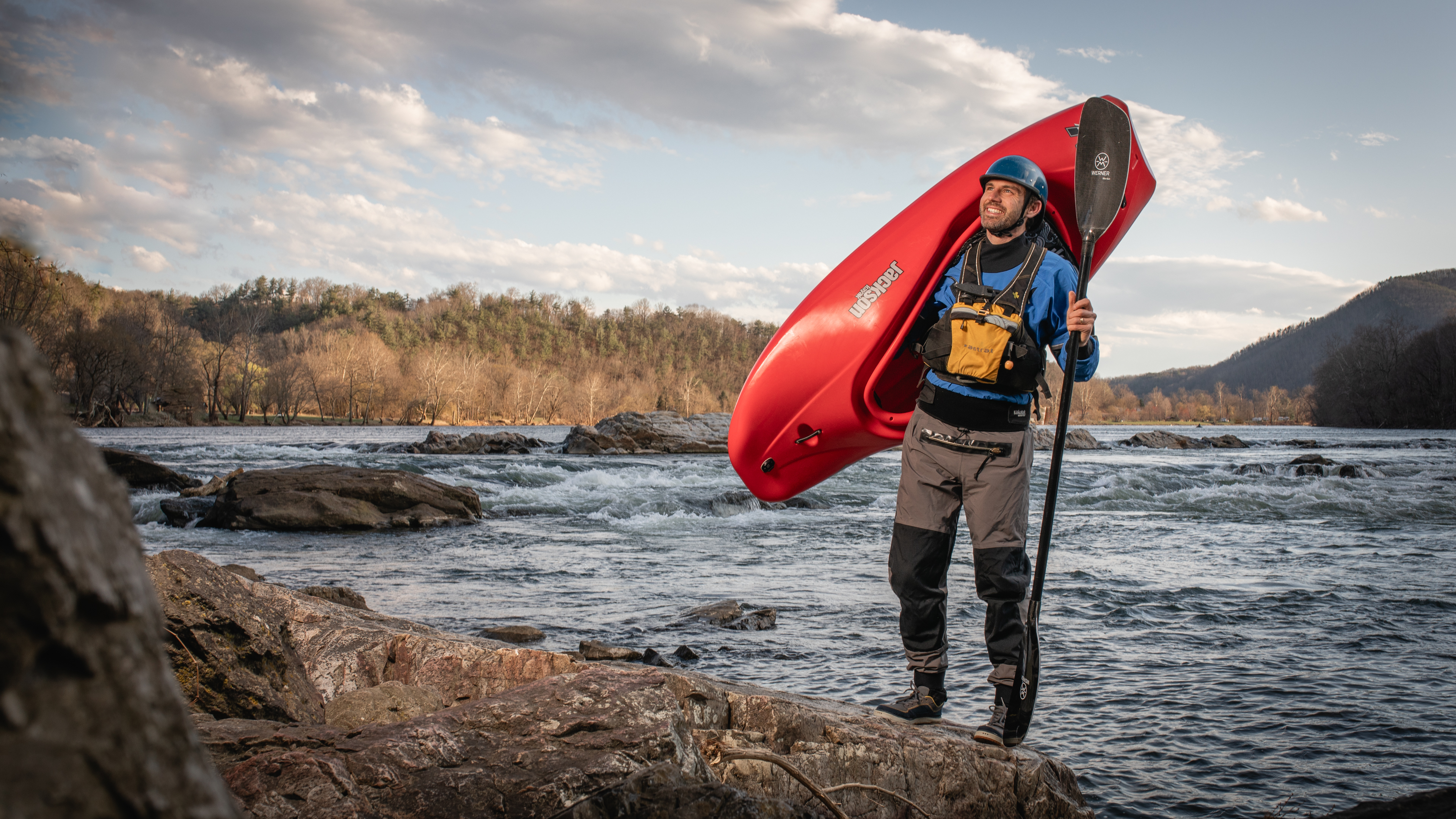
Growing up in Charleston, South Carolina, I was always on the water. I started out sailing and fishing, then worked as a beach lifeguard on Isle of Palms, and eventually became a kiteboard instructor. When I went to college at Clemson University, I discovered whitewater kayaking. I convinced a friend to take me down a local creek near Clemson and was hooked the first time I went down the initial small rapid. During graduate school, I started teaching others how to whitewater kayak as the instructor for a one-credit "leisure sport" course, a teaching experience that helped shape my desire to become a professor.
The concentration and precision required when moving through water creates a flow state that I haven't been able to find in any other sport. Floating down the middle of a river, surrounded by deep canyon walls and fast-moving water — I appreciate that not many people get to experience that. Being outside in such pristine rivers is a special place for me — a big reason why I keep going back.
As my skills progressed, so did the consequences of messing up a "line" — the specific path a paddler chooses through a rapid, navigating between rocks, holes, and hydraulics. A good line might mean the difference between a smooth run and a dangerous swim in powerful currents. I prepared myself by becoming a Wilderness First Responder and taking several swift-water rescue courses. Eventually, I reached a point where the risk versus reward wasn't there for me anymore.




These days, I spend more time rafting with my family than pursuing Class V whitewater. In the spring, I stay close to Blacksburg, down at McCoy Falls on a play wave practicing my skills. In the summer, I spend time in the New River Gorge in West Virginia, and in the fall, I'm at the Gauley.
I've taken my Ph.D. students rafting on the New River and taught those who have shown interest how to roll a kayak — the essential self-rescue technique where you can right yourself after flipping upside down without exiting your boat. Seeing a student's face light up when they hit their first successful roll reminds me why I love both teaching and paddling.
I have also found that there are a lot of overlaps in my career as an engineer and my time on the river. Whitewater kayaking motivates and enhances my work as a civil engineer. I study sustainable development practices and have seen firsthand what urban sprawl does to creeks and tributaries. Protecting the rivers and tributaries I love most through better development practices is a huge driving force in both my teaching and research.
Blacksburg's access to outdoor adventures is really underrated. From mountain biking to whitewater kayaking to camping to skiing — when you consider proximity and cost of living, it rivals any Western college town I can think of. I love it here, and my kids get to grow up being able to do all the things I love, all within a short drive or right out our back door.
Angelo Biviano
Mining and minerals engineering faculty member and fly-fishing enthusiast
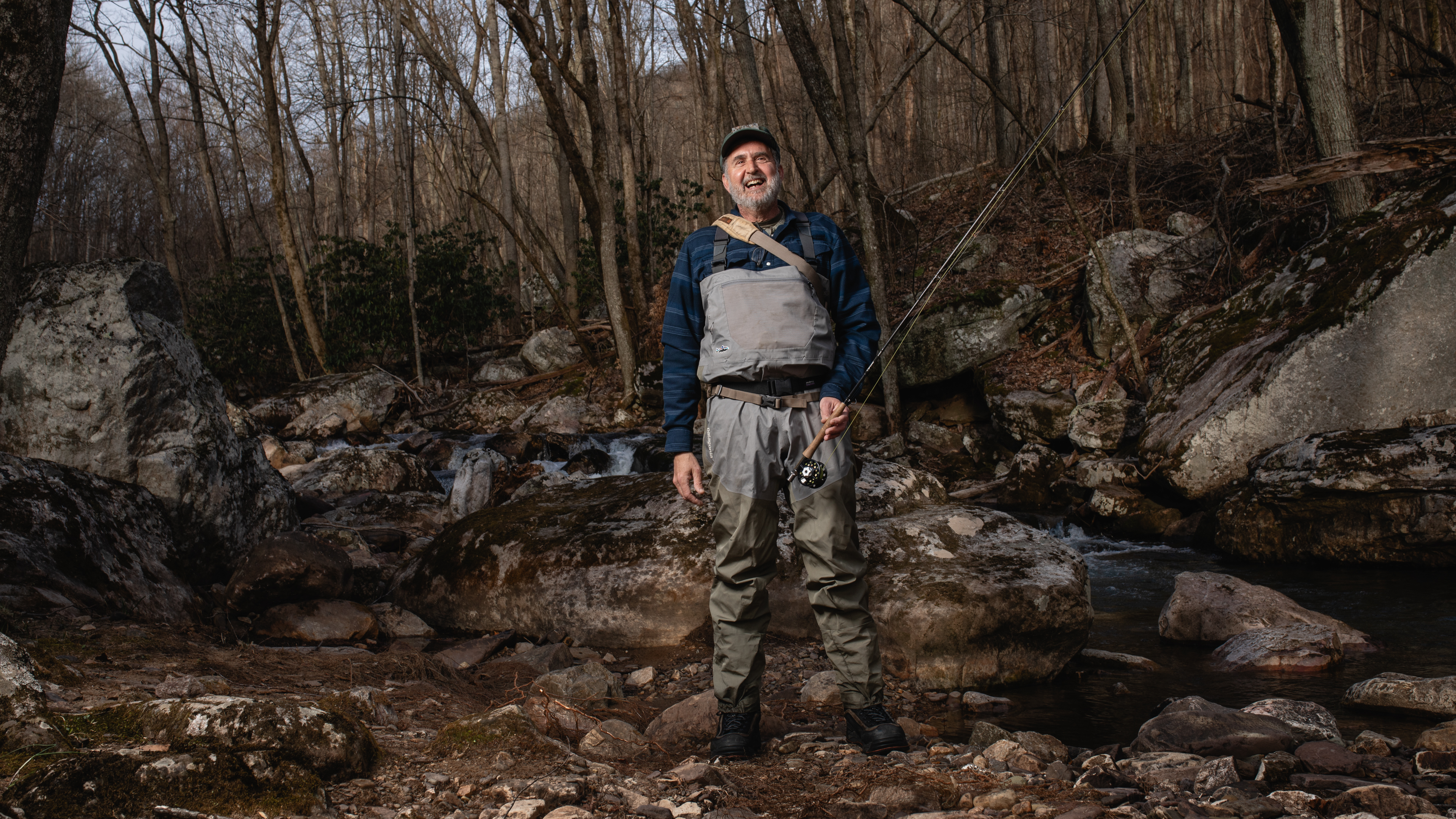
My parents were born and raised in Brooklyn before transplanting to south Jersey, so outdoor pursuits weren’t really passed down in my house. But growing up I always had a deep curiosity about wildlife and the outdoors. Fishing proved relatively easy to take on with a bike, nearby bass ponds, and lots of books from the library.
I was an avid spin fisherman for many years. Fly-fishing had been on my radar, but it wasn’t until I was in the Army stationed in Germany that I really got interested in it. While standing on a bridge over a quiet stream I could see a number of trout hovering in the current, rising up to take the insects that were drifting by. I thought, “That’s cool, I have to fly-fish!” My interest in the sport ramped up dramatically from there.




One of the best parts about fly-fishing is the ability it has to clear my mind. A favorite writer of mine, John Gierach, wrote, “It's not even clear if catching fish is actually the point.” That’s what I always loved about it. You can get very deep into the sport from tying flies, learning the Latin names of insects, building bamboo rods, or getting bogged down in the latest high-tech gear. But ultimately you end up spending a day in a beautiful place with your energies just focused on one event: the fish taking the fly.
If I can get on a river once a month, I feel lucky. Fortunately, Blacksburg is a great location to pursue this sport. Little Stony Creek, which runs along the Cascades hiking trail, was the first stream I fished after moving to Blacksburg and is still a great stream today. It has lots of wild brook and rainbow trout, and the scenery is amazing. Heading out an hour or two from Blacksburg in any direction also provides lots of opportunities to fly-fish for wild or stocked trout, smallmouth bass, and other species.
Holly Matusovich
Associate dean for graduate and professional studies and dedicated apiarist
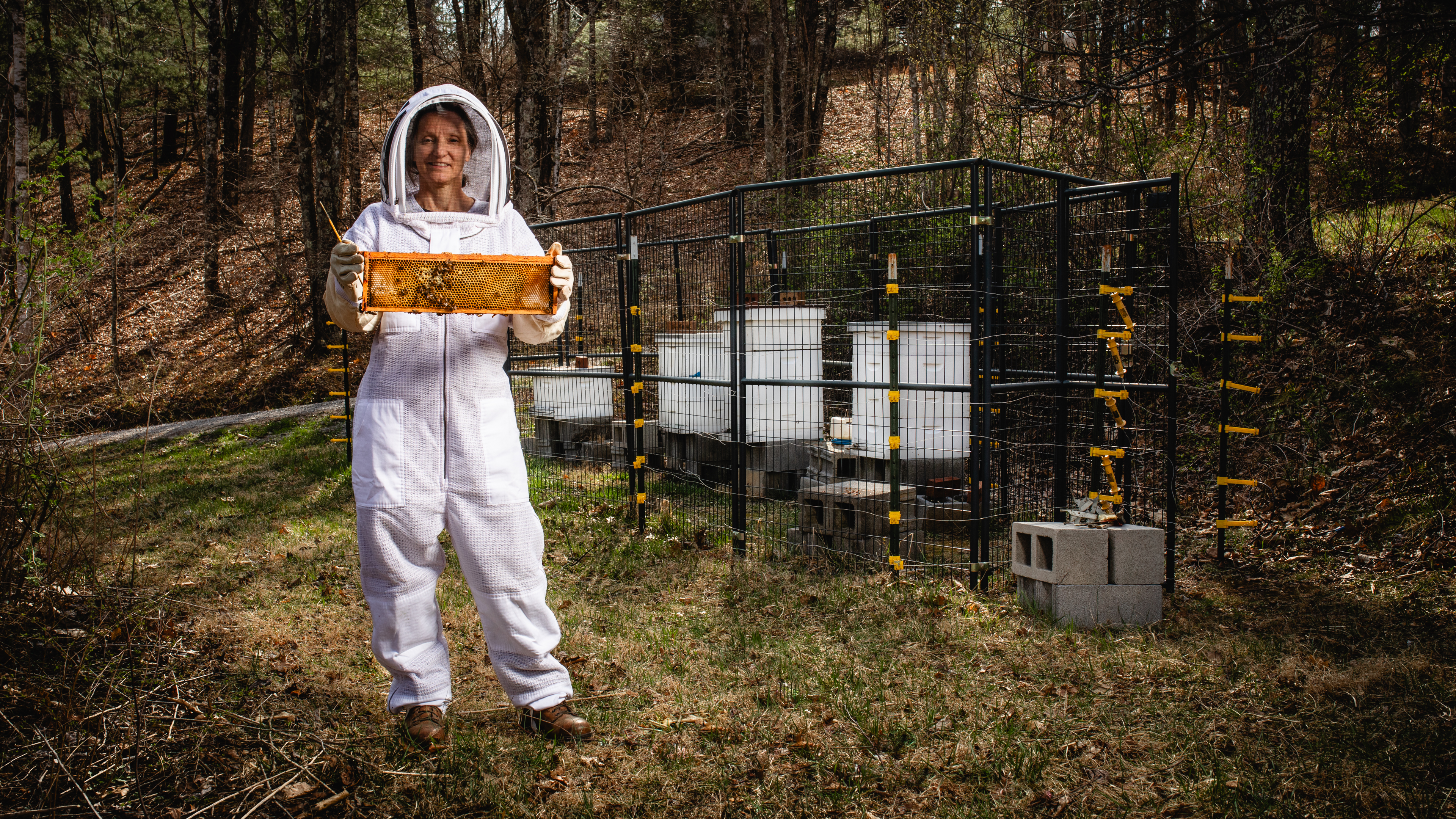
I was first introduced to beekeeping because of my dad. He was a passionate beekeeper and always made honey extraction a family event in the fall. Although caring for bees interested me, I had it on my “someday” list. Then in 2011, my dad suddenly got sick with acute myeloid leukemia and passed away. I regretted that I had not taken the time to learn from him. As part of my healing process, I decided to invest in learning how to be a beekeeper. My spouse and I took a class offered by the New River Valley Beekeepers and got started.
Since then, beekeeping has been a grounding activity for me. It is a tie to my roots in Connecticut and is a constant reminder to make time for the things that matter in life. Caring for our bees is also a way to give back to the community and care for the environment by increasing the pollinator population. Of course, I also love the honey extraction process. There is nothing quite like watching all that golden liquid flowing into bottles.




People are often surprised to learn that I am a beekeeper and occasionally want to see what it is all about. We have spare bee suits and are always happy to show folks our bees. Because much of my engineering work is indoors and involves sitting, beekeeping is a great way to break that up. I love being active and being outdoors while experiencing the sights and smells of the beautiful New River Valley. We love where we live!
My spouse is an engineer too and we agree that beekeeping lets us use our brains in different ways than our professional work. When we are in the bee yard, we have to focus on the task at hand and can’t worry about the work waiting for us inside. When I do come back to my work, I find that I have a fresh perspective. We also have to bring our engineering minds to beekeeping. Bees are fascinating creatures and we sometimes need to engineer solutions with problem hives.
Our goal is always to be good stewards of our bees and care for them in sustainable ways. We also want to keep learning.
Chris Roy
Aerospace engineering professor and competitive triathlete
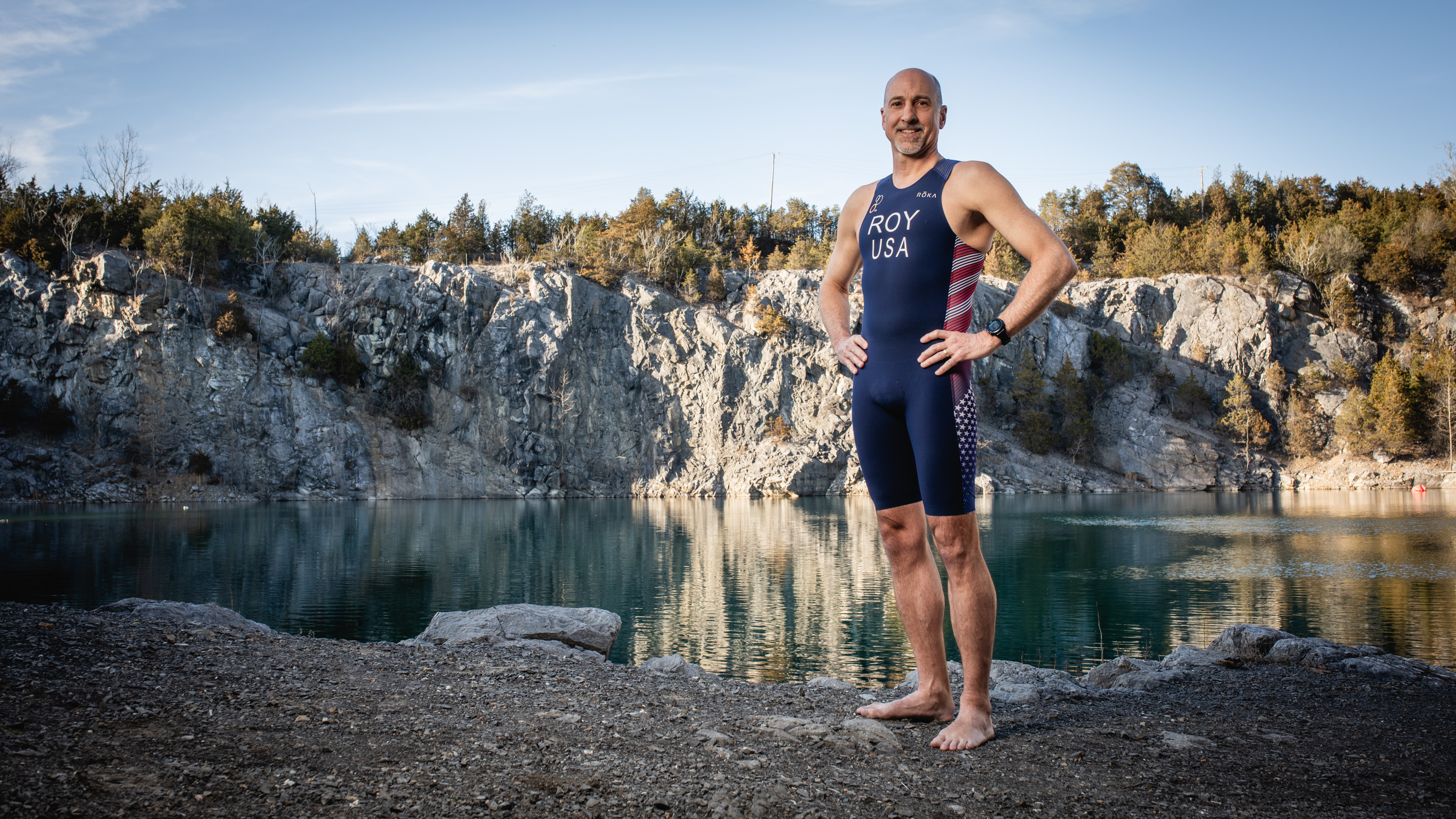
I haven’t always been a competitive triathlete, but I was a varsity swimmer at Duke University. While I continued to swim as an adult, I started cycling at age 42 and really loved it. From there, it just seemed like a natural progression to add in running and then get involved in triathlons.
I have an equal passion for training and racing. If I could never race again, I'd still train pretty much every day. I love racing because I get into a zone where I'm hyperfocused and trying to extract my optimal performance. I also love being an "old guy" and still being a threat for an overall podium at races.




I do about 10 to 12 sprint and Olympic-distance triathlons each year. For training, I swim, bike, run, and strength train about three times per week each (and yes, that includes lots of two-a-days). I usually swim at War Memorial pool with a group of (mostly) faculty that we affectionately refer to as the Faculty Aquatic Team. For cycling, my favorite route is down the recently repaved Glade and Mt. Zion roads, McCoy to the river, up Spruce Run to Newport, and sometimes even up Mountain Lake Road. I frequently run by the Duck Pond and on the Huckleberry Trail and usually include a track workout at Virginia Tech or Blacksburg High School each week.
I firmly believe that taking time to exercise is a net positive in my daily productivity. It is critical to my mental and physical health and provides me with a nice reset — ideally in the middle of the day. My research is centered around aerodynamics, which translates directly into efficiency for both swimming and cycling. So being an engineer makes me a better athlete, and vice versa.
-
Article Item
-
Article Item
-
Article Item


